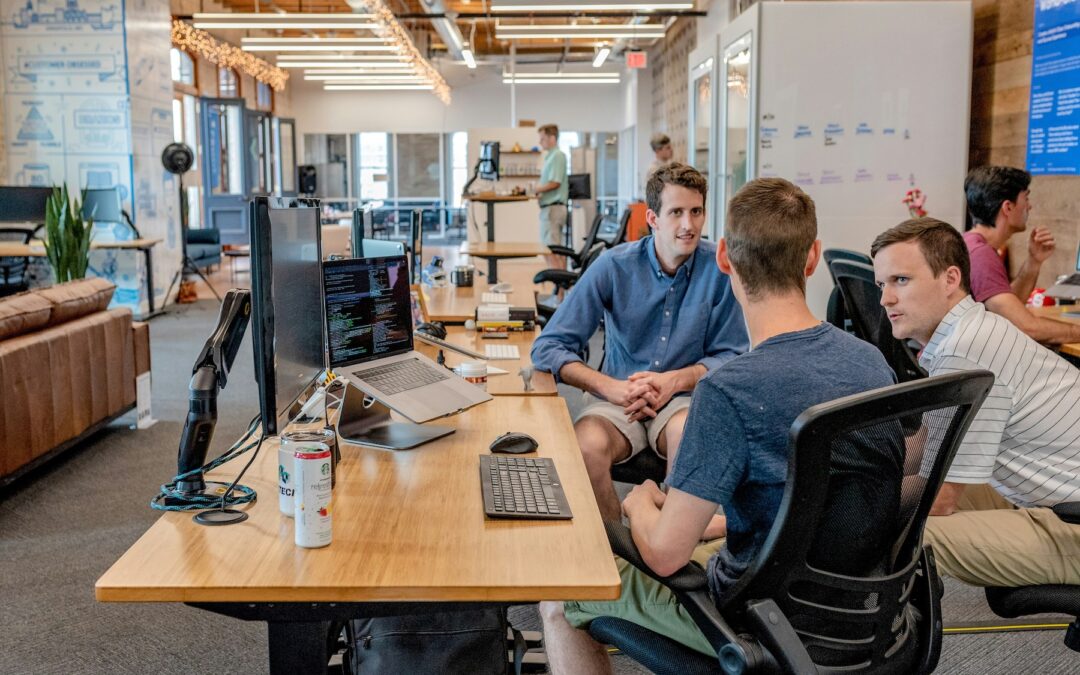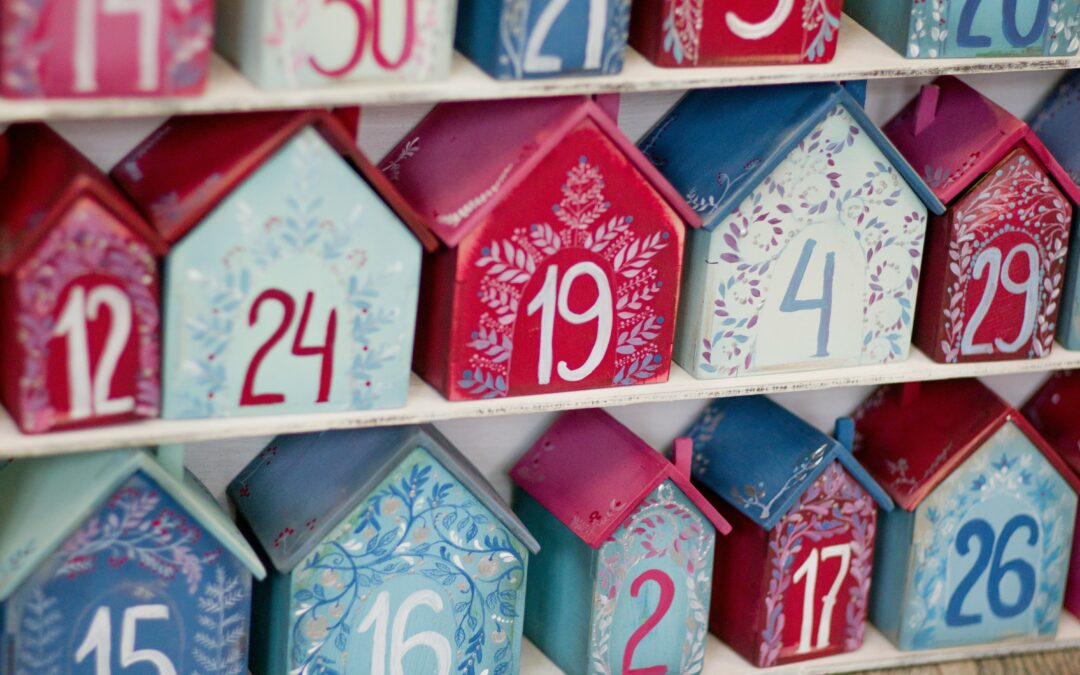In 2021, the NCAA transformed both college athletics and advertising when they adopted a new rule that allowed student athletes to profit from their name, image, and likeness (NIL). For the first time in the NCAA’s history, college athletes could participate in advertising promotions – and brands could benefit from the athletes’ star power.
It’s been several years since the NIL rule took effect, and we’ve seen businesses begin to successfully partner with college athletes to build brand awareness and loyalty. Follow along with us as we explore why NCAA stars have become effective spokespeople, how brands are best deploying these partnerships, and challenges to watch for when striking a NIL deal.
Why are college athletes ideal brand partners?
When the NCAA changed their NIL rule, they immediately created thousands of potential new spokespeople for businesses. College athletes offer many of the same benefits as professional athletes, but on a smaller and more personal scale. The fanbases for college athletics are often highly engaged and loyal to both the teams and the players. By partnering with local schools’ stars, brands can reach their target audience through a spokesperson they’re likely to follow closely and passionately.
Because the NIL ruling is still so recent and the athletes are just beginning their careers, brands who work with NCAA players benefit from a relatively untapped market. Audiences haven’t yet grown fatigued of their favorite college athletes’ advertising messages, and their brand may be one of the only partners the athlete works with.
Women’s college athletics is particularly ripe for partnership opportunities. According to Opendorse, a NIL marketplace, only 15 percent of the NIL deals made so far are with athletes from women’s teams. However, many female college athletes have built huge, loyal social media followings that sometimes predate the NIL era. Brands who choose to make deals with female athletes can be some of the first to engage their large audiences – and hopefully stick with them into their professional or Olympic careers.
Additionally, partnerships with college athletes often cost significantly less than those with professional athletes. We hear often in the news about big NCAA football and basketball stars earning million-dollar endorsements, but in reality, most college athletes work with brands for much less. Reports from Opendorse indicate that more than 80 percent of NIL deals are for $100 or less. Working with athletes who don’t receive as much national attention can allow smaller or more regional brands to reach engaged fan followings at a price they can afford.
How are brands working with college athletes?
In the early days of NIL deals, businesses have had to experiment with their partners to determine the most effective ways to promote their brand. test the most effective advertising methods in their partnerships with college athletes. In many cases, brands have had success working with athletes like they would any other social media influencer. For these partnerships, the company will work with an athlete to promote their products through their personal social media channels or conduct a social media contest.
The social media approach works well with athletes who have a loyal online following. In fact, many NCAA athletes boast higher social media engagement than some popular influencers. According to Dreamfield, a NIL agency, the average Instagram influencer has an engagement rate between 1 and 3 percent. Meanwhile, college athletes’ average engagement rate is 10 to 15 percent. Some athletes may not have as many followers as a traditional influencer, but the followers they do have are more likely to take action on their brand partnerships.
One standout example of an effective NIL social media partner is LSU gymnast Olivia Dunne. Throughout her career at LSU, Dunne has amassed more than 10 million followers between her TikTok and Instagram profiles. Dreamfield reported that in 2022, her engagement rate was 26 percent, helping her land deals with brands like American Eagle, Grubhub and Bodyarmor. According to American Eagle’s CMO Craig Brommers, female athletes in niche sports (including Dunne) are typically the brand’s best-performing athlete partners.
Other brands have found success utilizing college athletes in more experiential campaigns. Last year, select McDonald’s locations in Tennessee featured a limited-edition “Milton Meal,” selected by the Volunteers’ quarterback Joe Milton. The promotion was a local play on McDonald’s ongoing celebrity meal campaign, which has remained popular years after the promotion first launched. In the summer of 2023, Kellogg’s Frosted Flakes hosted events at grocery stores across Pennsylvania to present donations to public school educators. They tapped Penn State QB Drew Allar to attend the events and hold meet-and-greets with fans, helping increase the visibility of the event and boost support for Kellogg’s Mission Tiger program.
What challenges do businesses face working with college athletes?
While partnering with college athletes on NIL deals can provide engagement opportunities for brands, these partnerships also bring risks and challenges. The NCAA lifted its ban on NIL endorsements in 2021, but there are still rules and regulations that both athletes and businesses must adhere to. Many state laws and school policies prohibit student-athletes from endorsing certain types of products or services, such as alcohol and gambling. The NCAA also requires that the deals are not quid pro quo agreements related to the athlete’s performance or recruiting inducements.
Beyond the legal technicalities of a NIL deal, it’s important for brands to set realistic goals when first partnering with college athletes. While the NIL space is full of exciting opportunities for businesses, college athletes are still in their infancy as advertising partners, and there are relatively few examples to follow. Those anticipating immediate eye-popping results may need to level their expectations. For many brands, it takes time to find the right endorsement partners and see correlating sales results. Instead, expect to use NIL deals to steadily build brand loyalty through locally relevant and cost-effective partners.
When working with college athletes, brands should also be prepared to address controversies both on and off the field. These athletes, while highly skilled, are still very young and likely to make mistakes. Unfortunately, the public may connect their in-game performance stumbles or personal missteps to your business, damaging your brand’s reputation. There is also division among the general public about how NIL deals have been leveraged in the recruiting process, despite it being prohibited. Before you engage an athlete for your first NIL endorsement, be sure to vet them thoroughly – including their social media activity and past collegiate performance – to ensure they will be a responsible steward of your brand. Lastly, your brand should be prepared to answer critics’ questions about how your endorsement money is positively impacting the college athletics landscape. As NIL deals continue evolving, the spotlight and the scrutiny will only grow larger.





0 Comments